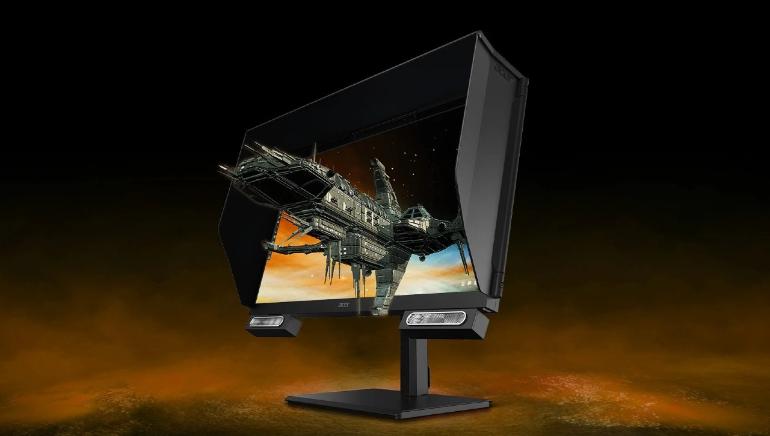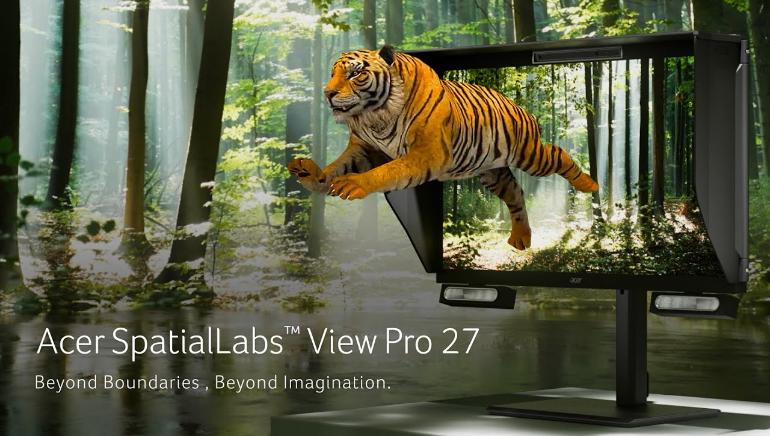Technology is always evolving, and that includes one of the first big tech creations: 3D. Join us as we delve into the history of 3D technology, explore the realm of 3D gaming, and examine how it can be integrated with the world of online gambling.
In the ever-evolving landscape of gaming, the creation of 3D technology marked a major leap in immersive experiences. From its humble beginnings to its integration with online gambling, the evolution of 3D gaming has transformed the way we interact with virtual worlds.
The Rise of 3D Technology
Over the years, 3D technology has gone through many different phases – from the hype surrounding 3D television to the realization that needing special glasses to view limited content is simply inconvenient.
The roots of 3D technology trace back to the 1950s when experiments with stereoscopic imaging laid the groundwork for creating depth perception in visual media. However, it wasn’t until the 1980s that advancements allowed for the development of more mind-blowing 3D graphics.
The gaming industry witnessed pivotal moments with the release of games like “Battlezone” and “Maze War” in the early 1980s. This was the first taste of 3D graphics for most gamers, and it was met with mixed feelings. As the technology evolved, games like “Wolfenstein 3D” and “Doom” revolutionized gaming with immersive 3D environments. This really set the stage for the future of gaming.
Overall, 3D tech has gone through a rollercoaster of acceptance and rejection. When the first Nintendo 3DS handheld console launched, players jumped at the opportunity to experience it. In other forms, like gambling in 3D, it was rejected and didn’t gain much traction. Now, seeing a movie in 3D is almost commonplace, but some still prefer not having to purchase glasses to watch a film in a cinema.

Introducing the View Pro: No Glasses Required
Amidst this evolution, a leading hardware and electronics manufacturer has ventured into reinventing the 3D experience for home entertainment. Acer’s SpatialLabs™ View Pro 27 monitor system is turning 3D technology on its head, and we’re sure to see other manufacturers follow in their footsteps.
The View Pro distinguishes itself by offering a glasses-free 3D display, much like the technology found in the 3DS handheld system. This device is a 3D computer monitor, positioning itself as a versatile multifunctional screen.
Here are a few of the features this system has available:
- 27-inch monitor with 4k display
- 160Hz refresh rate
- Optimized 3D for low-light settings
- AI-driven Acer Immerse Audio
- Tilt, swivel, pivot, and height adjustments
- Includes SpatialLabs Experience Center Pro
Coupled with its 3D spatial audio that doesn’t require a headset, the View Pro presents potential in both entertainment and workspace settings. It promises to integrate with any system, and that can make a difference to any experience – whether it’s work or play.

What Potential Does 3D Technology Hold?
With new technology like the View Pro becoming a reality, it’s clear that 3D has much more to offer than ever thought was possible. Let’s look at the possible uses of this technology, as well as how useful a 3D monitor could be for the everyday man (or woman) on the Internet.
The Gaming Potential
In the realm of gaming, 3D displays could offer amazing experiences, but currently, that’s fairly limited. Right now, the trend in gaming has shifted toward virtual reality rather than restricted 3D screen technology. It seems players want to not only view a game in 3D but experience it in virtual reality.
However, for smaller-scale games, the added depth that 3D offers could be very beneficial. If the same glasses-free tech could be used in mobile devices or other handheld gaming systems like the Switch, gaming could be more exciting than ever before.
While there are still concerns about processing power and other limitations, we hope to see more game developers embracing 3D in the future.
Live Streaming and 3D
In the world of live streaming on platforms like Twitch, VR is the leader. VR streamers are very popular, but there’s a good chance that 3D technology can make that experience even more immersive. While this isn’t an option just yet, there’s a good chance that streaming services will embrace 3D as it becomes more mainstream.
3D Gaming in Online Gambling
Online gambling has long been one of the first industries to embrace new technologies whenever it comes around. No stranger to technology, sites like Videoslots Casino have attempted to launch VR casinos, but it wasn’t quite the right time, and the execution didn’t stick.
Currently, 3D slots are available, but they simply refer to the graphics and not how the game is experienced. As 3D technology becomes more accessible and continues to advance, the future holds promising prospects for 3D gaming in online gambling. Expectations include enhanced VR integration, augmented reality features, and improvements in graphics, offering an even more realistic gambling experience.
Regulatory Considerations
Integrating 3D technology in online gambling raises questions regarding regulations and responsible gaming practices. Regulatory bodies will likely have to adapt laws to accommodate these technological advancements while ensuring that players are safe and that game outcomes are fair.

Conclusion
With an increasingly tech-savvy audience, the demand for richer, more immersive experiences in online gambling will continue to grow. The combination of 3D gaming and online gambling is set to meet these expectations by offering engaging and visually captivating gaming environments.
The journey of 3D gaming so far, from its early stages to its integration with online gambling, represents technological innovation and the quest for immersive experiences. As the realms of gaming and gambling meet, having 3D technology and online platforms come together opens up new possibilities for entertainment. This sets the stage for a future where boundaries between reality and virtual worlds continue to blur.
